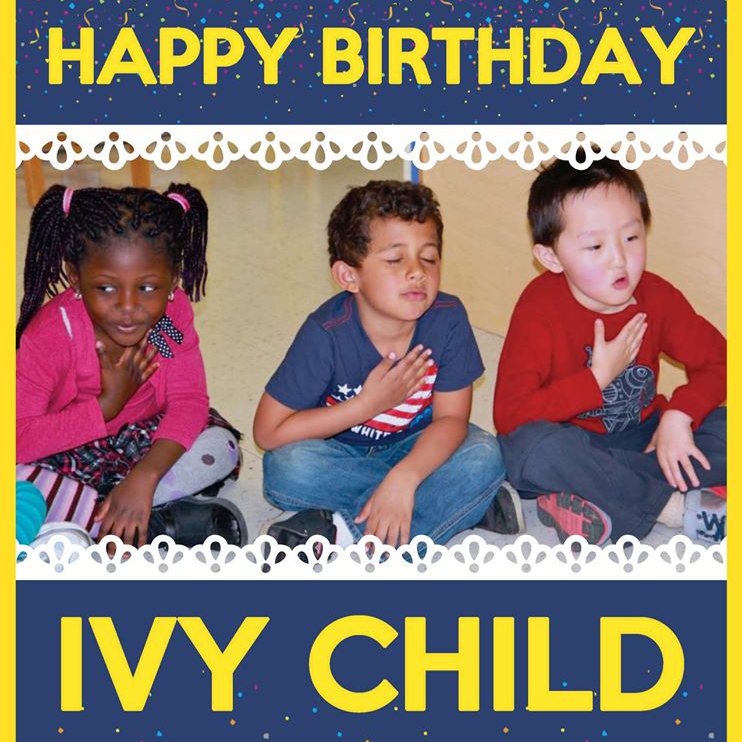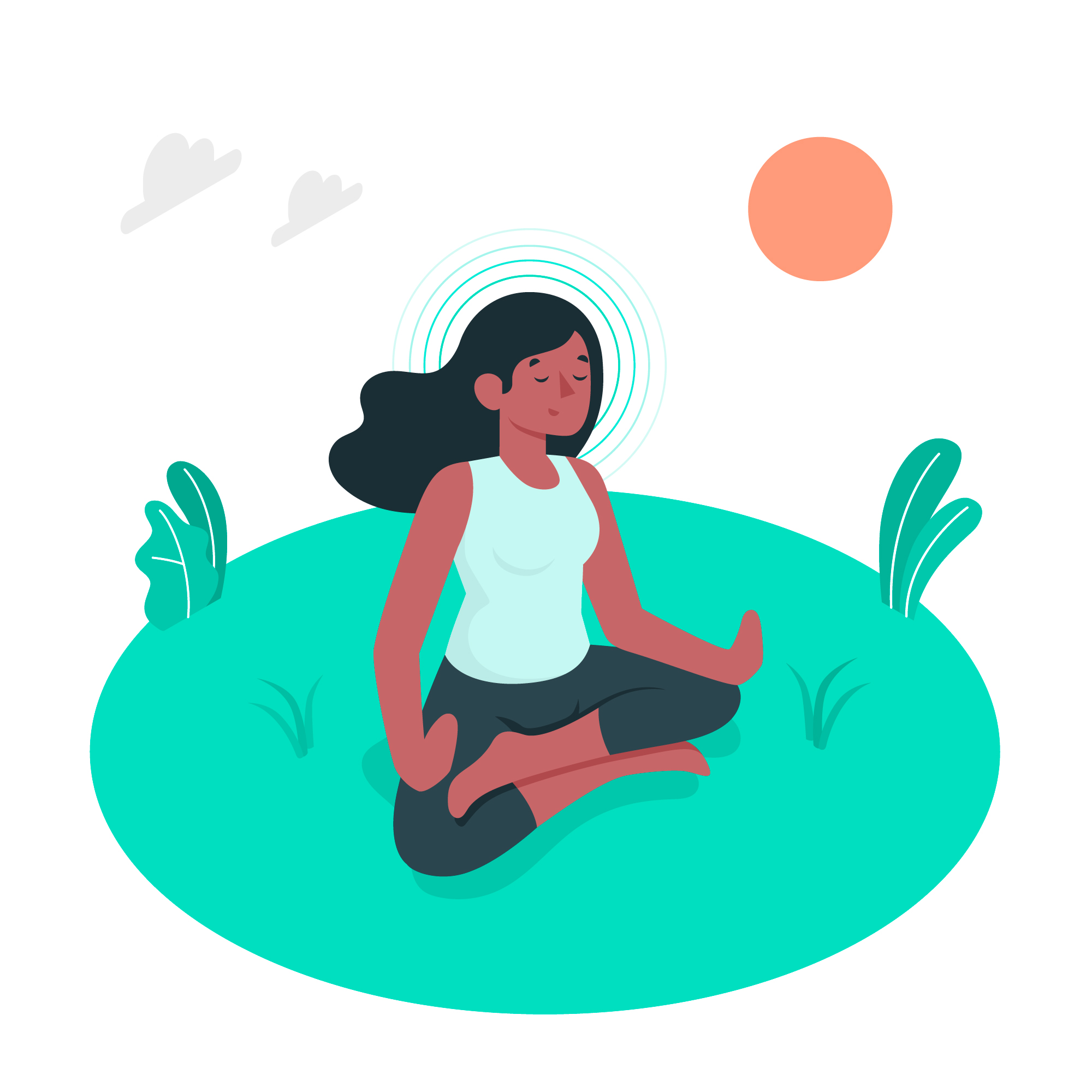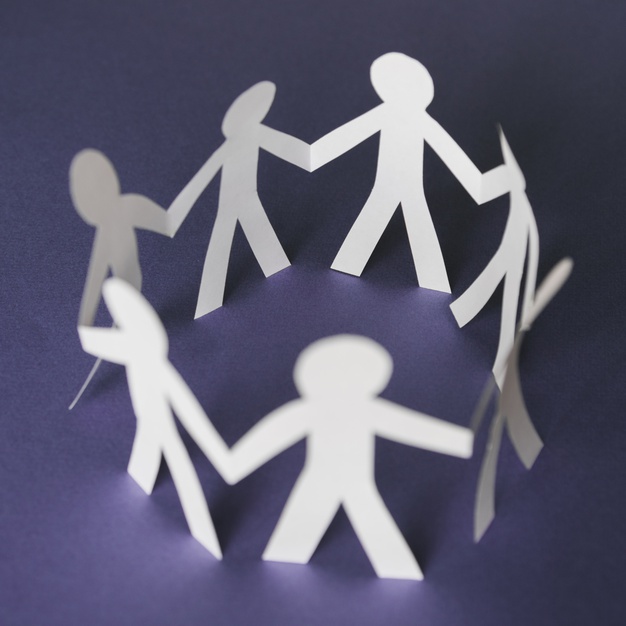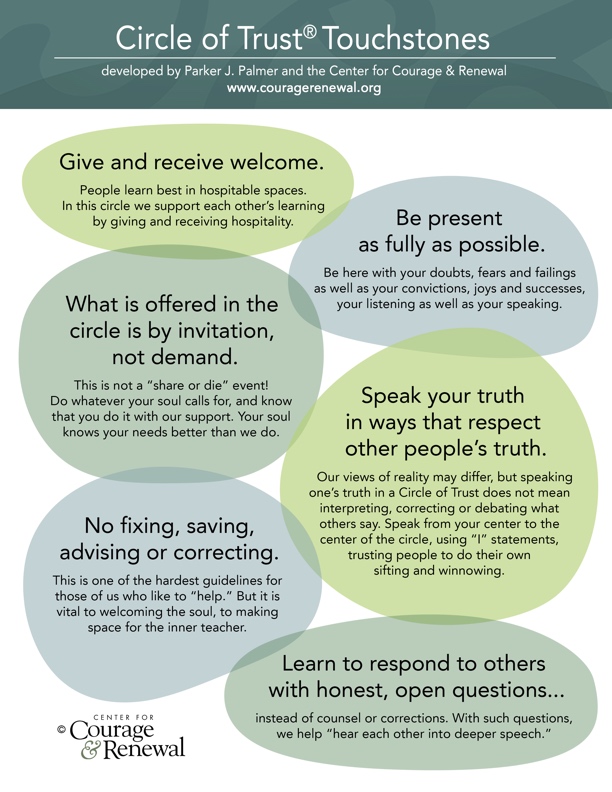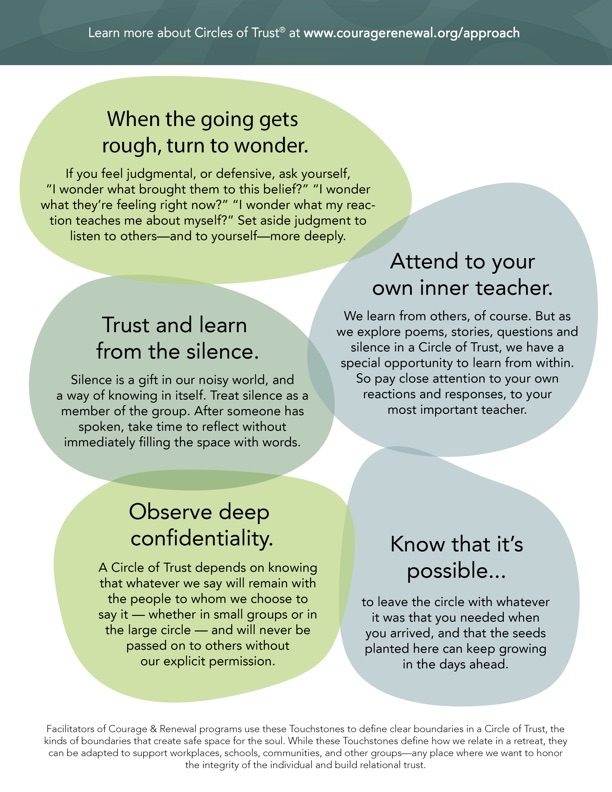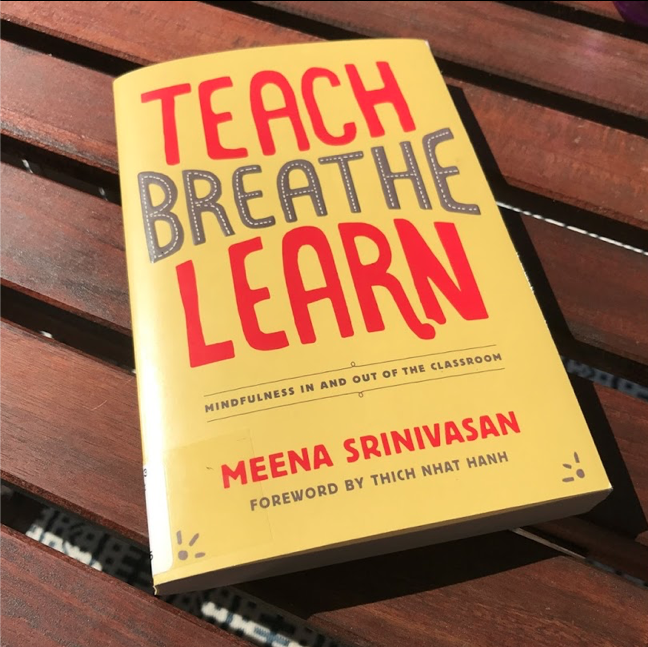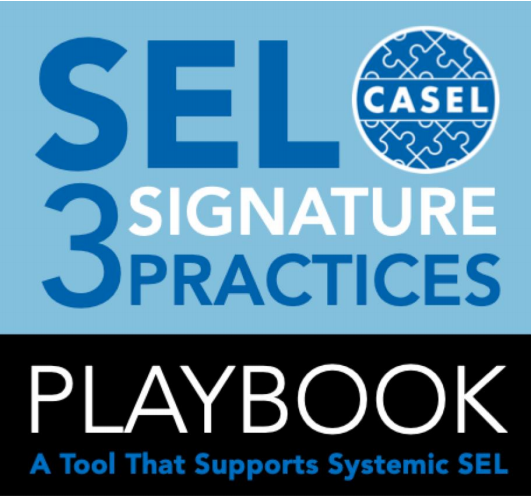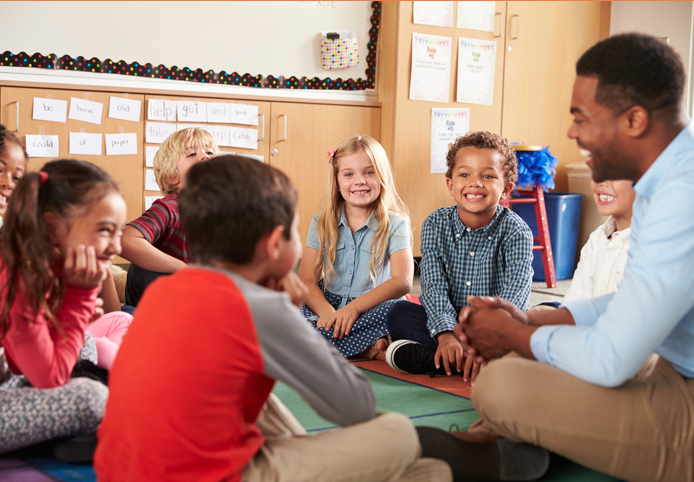Together through COVID
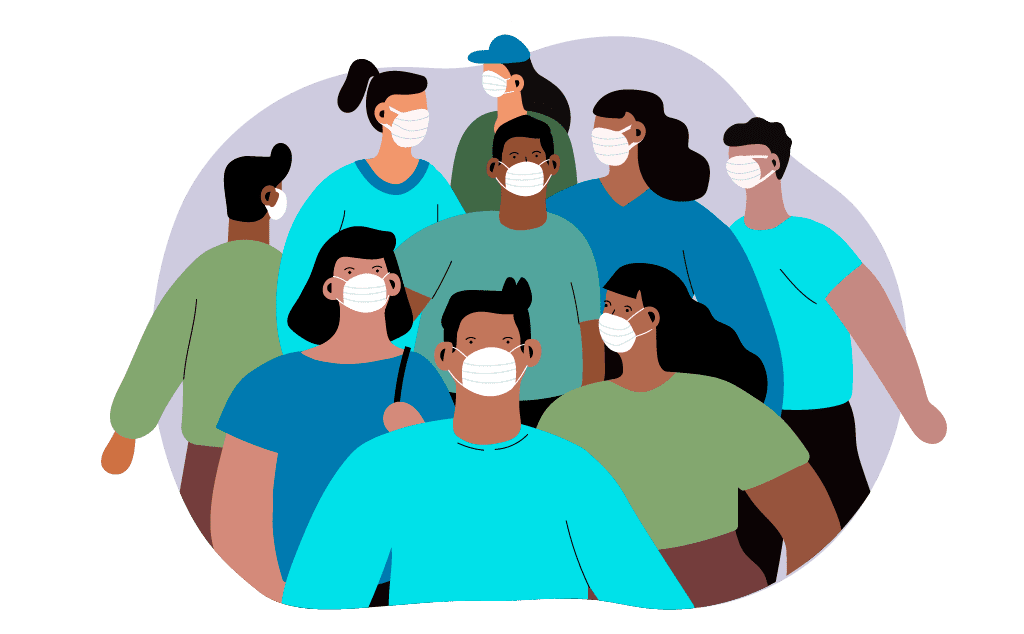
While the world is uniting in efforts to battle an array of challenges, we feel it is crucial to find ways to serve our community in the best possible manner through mindfulness in action. How individuals respond to an outbreak can depend on many factors but protecting those most vulnerable, bridging and providing immediate relief and recovery support is essential to our collective wellbeing.
As the spring of 2020 rolled in, the realization that the world was going to be in the grip of an unprecedented global crisis was quickly becoming the truth in all our minds. A spate of fresh cases of a new disease on the other side of the globe had snowballed into a global pandemic.
Now, more than ever, our community needed the practice of mindfulness to battle the anxiety and psychological strain of this new reality. To ensure that we continued to bring the mindfulness to our community, we moved all our programs and activities to virtual platforms. We made our resources available online for free for our community to use and share.
But we wished to do more; we wanted to try and provide tangible support to members of our community.
In May, Ivy Child set up an Emergency Relief Fund and with the help of fundraising efforts and generous donations to create a corpus for immediate financial support for our community. Over the last few months, we have achieved the following goals:
-
Executed $75,000 to teachers and youth ambassadors in Ivy Child International’s network and mobilize them to share practice, prevention management and wellness strategies to stop the spread of COVID-19
-
Distribute 10000 masks and hygiene kits for free to our healthcare partners and families
-
Provide 250, $50 micro recovery grants to vulnerable families.
Furthermore, Ivy Child harnessed its community network and operational capacity to serve as the partner and administrator of The Yoga Alliance Foundation Emergency Relief Fund alongside the Yoga Alliance Foundation. The fund aimed at providing financial support to those within the community who were experiencing extreme economic hardship due to COVID-19.
-
The fund disbursed a minimum of $150 to a maximum of $1500 to yoga teachers whose livelihoods were impacted by COVID-19 globally.
-
The fund received applications from over 30 different countries and over 45 diverse cultures.
-
85% of the applicants self identified as female.
-
Over 85% of applicants had lost 56% to 100% of their income due to the COVID-19.
-
93% of applicants had a household income lower than $70,000 per year.
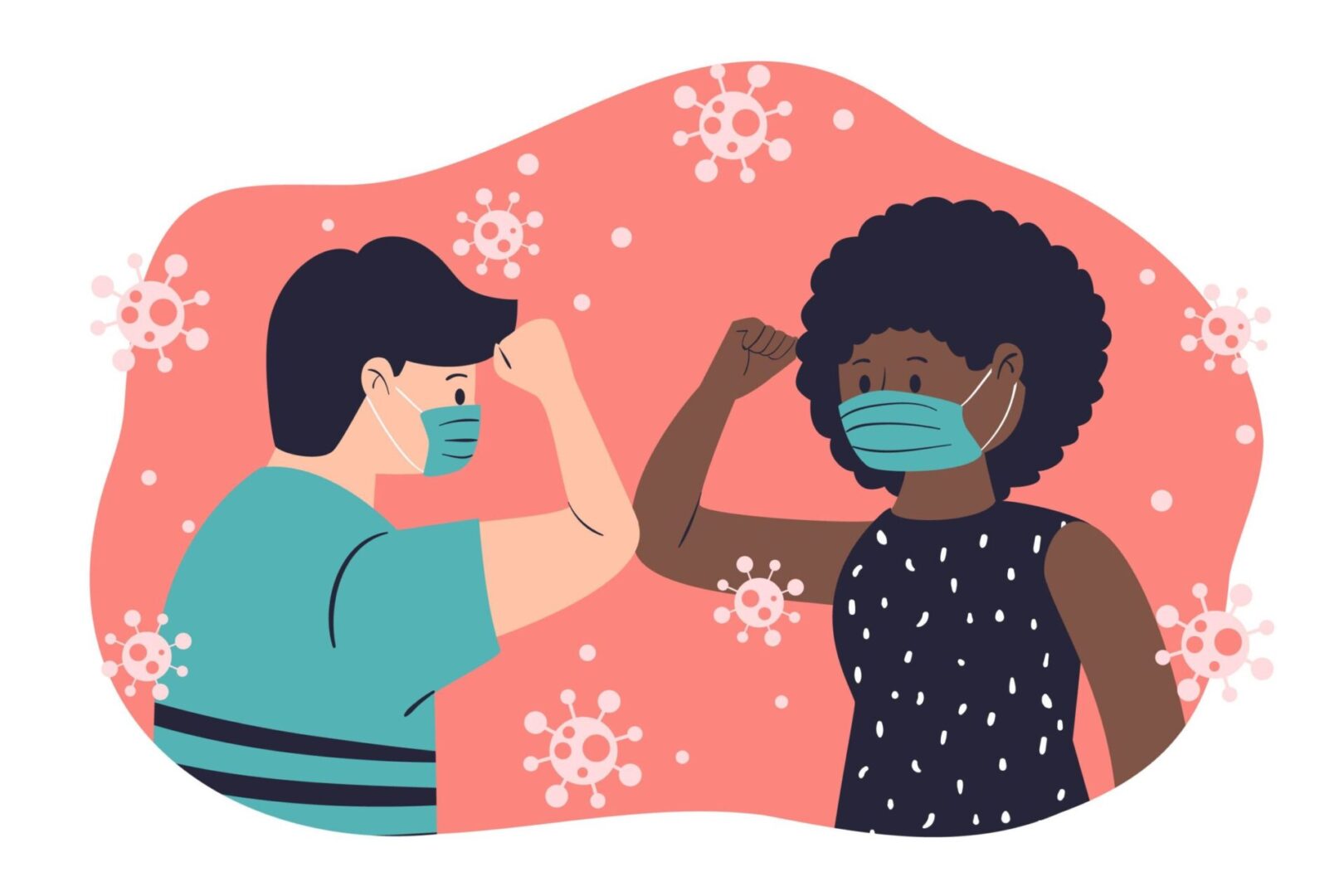
Stories of Resilience
In the course of Ivy Child and Yoga Alliance Foundation’s outreach during this period, we have constantly come across stories that give us an insight into the human condition at the moment; glimpses of unwavering strength, or of hope and positivity at the darkest but always stories of mindfulness and meditation helping them find their bearings in the negativity. Here are some excerpts from such stories.
How helpful is Mindfulness for mental health?

Mental wellbeing is the new public health revolution. It has become a goal for people across the globe to enjoy positive mental health. While mental health could mean different things to different people, we can all agree that living a thriving life with mental clarity, balanced emotions, positivity and a sense of purpose would mean living a happy life; a life free of mental health issues.
It’s estimated that over one billion people globally have a mental, neurodevelopment or substance use disorder.
Contrary to what most of us believe, the number of people with mental health issues has grown at a rate commensurate with the growth rate of global populations. But what has definitely grown by leaps-and-bounds is the general population’s acceptance of mental illness and a widespread destigmatisation of mental health ailments.
Another big change in the world regarding mental health has been the spectrum of solutions and practices available to maintain positive mental health. One of the biggest impacts in how we approach and manage mental health has been made by a simple practice known as ‘Mindfulness’.
What is Mindfulness?
As mindful.org puts it; Mindfulness is the basic human ability to be fully present, aware of where we are and what we’re doing, and not overly reactive or overwhelmed by what’s going on around us. It allows us to pause amid the constant inflow of stimuli and consciously decide how to act, rather than react reflexively with ingrained behavior patterns. Mindfulness is a centuries-old idea that has been reinvented to address the challenges of our digital age.
How does it work?
The research is in and it suggests that mindfulness affects the body and the brain to produce or alter hormones and chemicals that enhance our physical and mental wellbeing. Scientists have found links between non-judgemental and non-reactive acceptance of our experiences and positive psychological and physical states. Mindfulness, hailed as one of the most significant developments in mental health practice, is fast becoming the most effective recourse for people suffering from anxiety, depression and a host of other mental health problems.
While the guiding philosophy of all mindfulness practice finds its roots Eastern spirituality and is often attributed to Buddhist Vipassana the modern techniques vary vastly amongst themselves and new techniques seem to pop up almost every day. In his book – Mindfulness for Beginners, Jon Kabat-Zinn, known as the father of mindfulness in the west, emphasizes that the practice of mindfulness holds the possibility of not just a fleeting sense of contentment, but a true embracing of a deeper unity that envelops and permeates our lives
There are also a host of resources available in the form of apps, books, online tutorials and classes that help grasp and inculcate a mindfulness practice that suits one.
Head on over to our Resources section to see browse some helfpful mindfulness tools and recommendations.
Ivy Child International is on a mission to provide universal mindfulness education to children and underserved communities, prioritizing urban populations and their multicultural needs. Ivy Child works on furthering the spread of mindfulness throughout the population with their proprietary MINDFULNESS MULTIPLIER EFFECT a mindfulness movement meant to create a ripple effect that starts form individuals and communities that practice mindfulness and spreads through everyone around them.
Happy Juneteenth!
Happy #Juneteenth! Today commemorates June 19th, 1865, the day Union soldiers landed in Galveston, Texas to deliver the news to slaves that the Civil War had ended two years earlier, and they were free. It’s the oldest celebration commemorating the end of slavery in America.
However we know slavery has not ended it has only evolved. Activism is an act of love towards the freedom and liberation of our shared humanity. We stand together at this critical time with everyone around the world to combat racism and oppression.
Stand with us and take action today!
Here are some organizations that are on the frontlines right now. :
https://www.blackvisionsmn.org/
https://www.reclaimtheblock.org/
https://www.just-georgia.org/
26 Ways to Be in the Struggle Beyond the Streets :
https://issuu.com/nlc.sf.2014/docs/beyondthestreets_fina
Sun Breaths
Sun Breaths is a dynamic warm-up sequence that focuses on the flow of arms with the breath. The breathing pattern (inhalation-hold-exhalation-hold) guides the movement of the arms that acts as a tool to bring more awareness to the body and breath.
Circle of Trust Touchstones for Safe & Trustworthy Spaces
Tree of Contemplative Practices
On the Tree of Contemplative Practices, the roots symbolize the two intentions that are the foundation of all contemplative practices. The roots of the tree encompass and transcend differences in the religious traditions from which many of the practices originated, and allow room for the inclusion of new practices that are being created in secular contexts.
The branches represent different groupings of practices. For example, Stillness Practices focus on quieting the mind and body in order to develop calmness and focus. Generative Practices may come in many different forms but share the common intent of generating thoughts and feelings, such as thoughts of devotion and compassion, rather than calming and quieting the mind. (Please note that such classifications are not definitive, and many practices could be included in more than one category.)
Access the PDF version here.
Mindful Practice Group
Starting a Mindful Practice Group by Meena Srinivasan
A GREAT WAY to support your practice is to start a mindful practice group at your school. You could meet once a week either before or after school, or if that’s too much, start with meeting once or twice a month. Perhaps you can use your classroom or talk with an administrator about using a common space to meet. Even though this space should be confidential so all participants feel safe express- ing themselves, I suggest forming various practice groups to suit people’s needs. For example, there could be a group for the entire school community or one just for teachers or just for parents. I had an experience where some of my teaching colleagues felt that if there were administrators or parents in the group, they would not feel comfortable or safe that the group would honor how they truly felt. So it’s important to create safe spaces in which individuals feel they can express themselves without being afraid of being criticized later.
Access the full PDF version here.
Written by Meena Srinivasan.
Welcoming/Inclusion Activities
Welcoming Inclusion Activities are brief, interactive experiences that bring the
voice of every participant into the room, making a connection to one another
and/or to the work ahead, with each perspective-laden, culturally-rich voice being
heard, respected and learned from. The more we fully share ourselves and are fully
received and understood by others, the stronger and safer our learning
environments become. Growing knowledge of and appreciation for our groups help
ensure that we will provide opportunities to welcome people in the ways they need
and want to be included.
Psychologist Barbara Fiese explains that routines are a way of communicating “this
is what needs to be done,” while rituals symbolically communicate the idea that
“this is who we are” as a group, providing continuity in meaning across time.
Access the full PDF version here.
CASEL
CASEL is transforming American education through social and emotional learning.
The Collaborative for Academic, Social, and Emotional Learning (CASEL) defined SEL more than two decades ago. Today, they collaborate with leading experts and support districts, schools, and states nationwide to drive research, guide practice, and inform policy.
CASEL Cares – SEL Resources During COVID-19.

